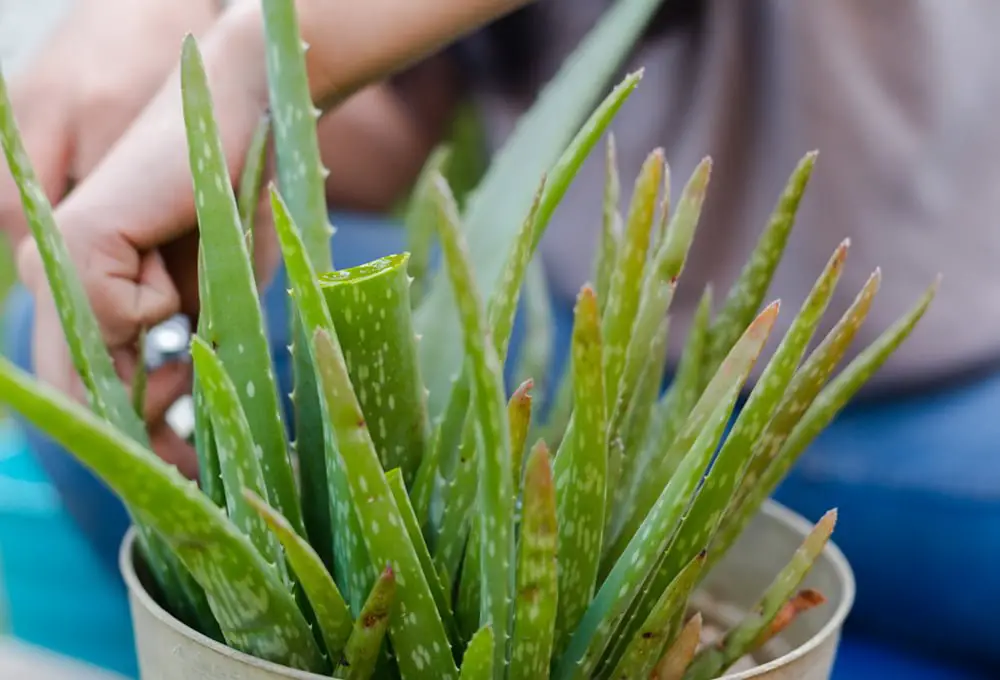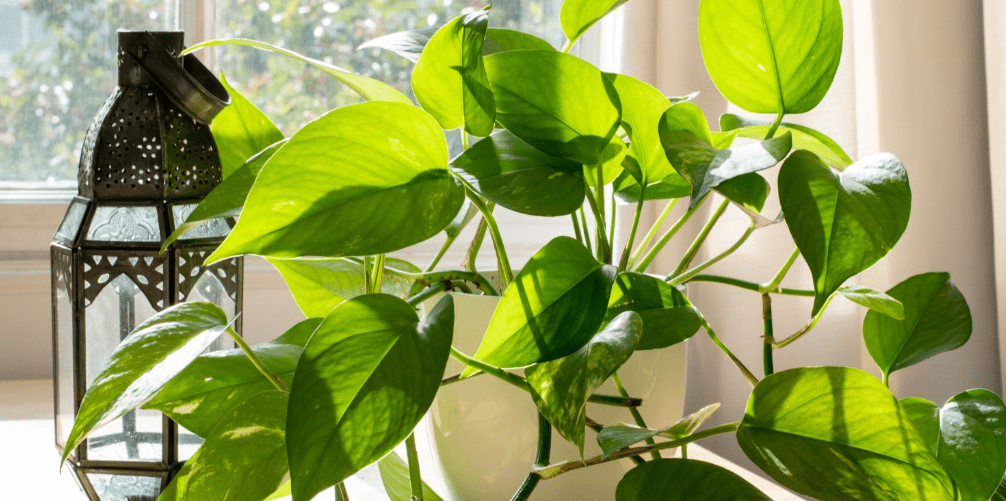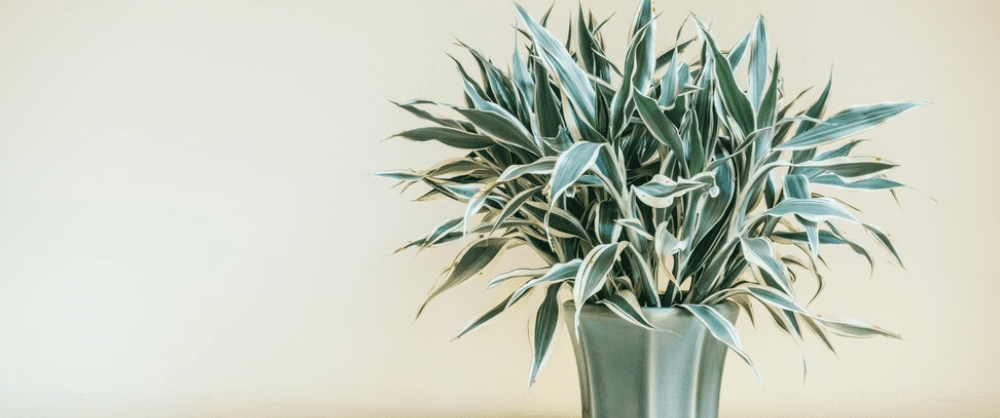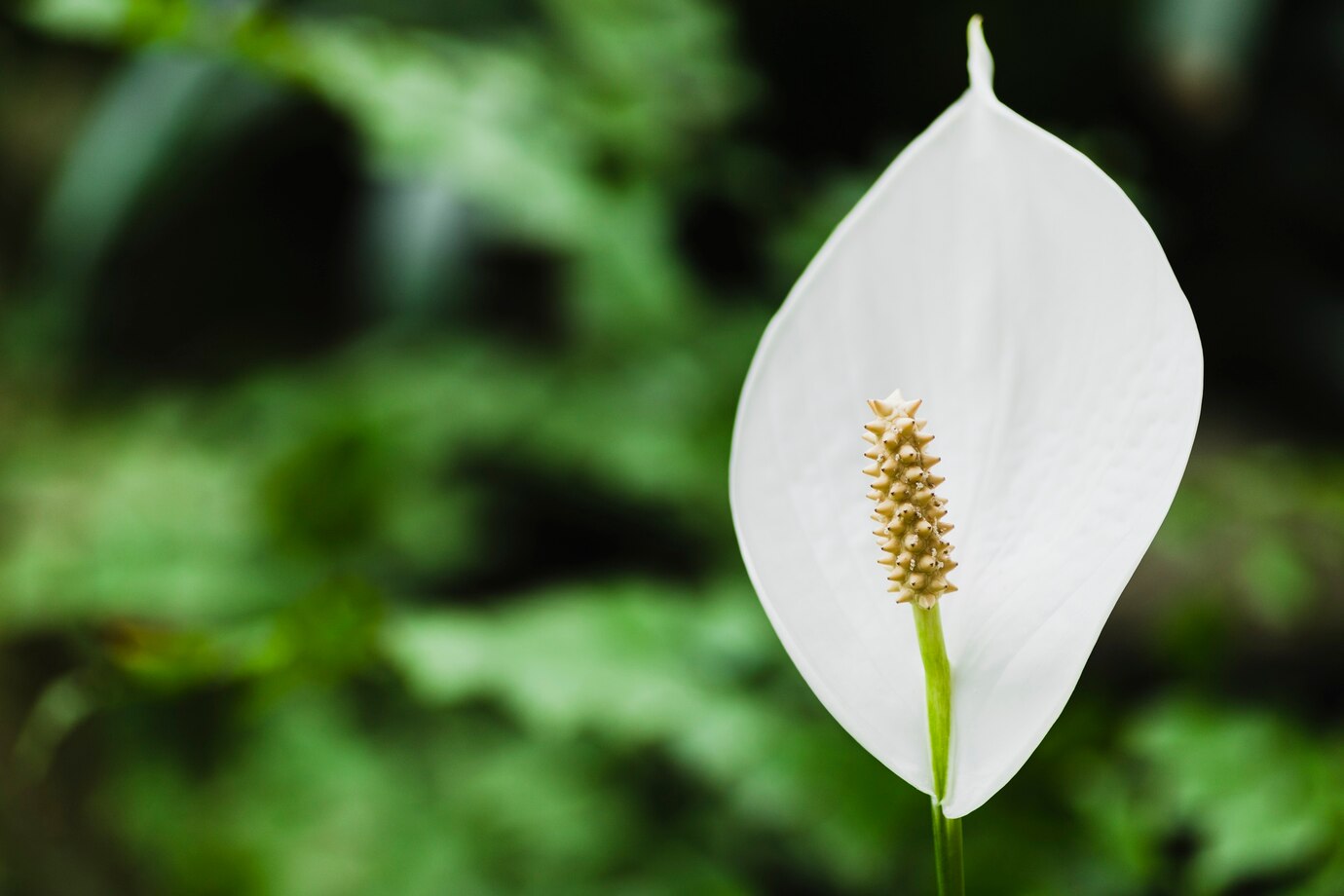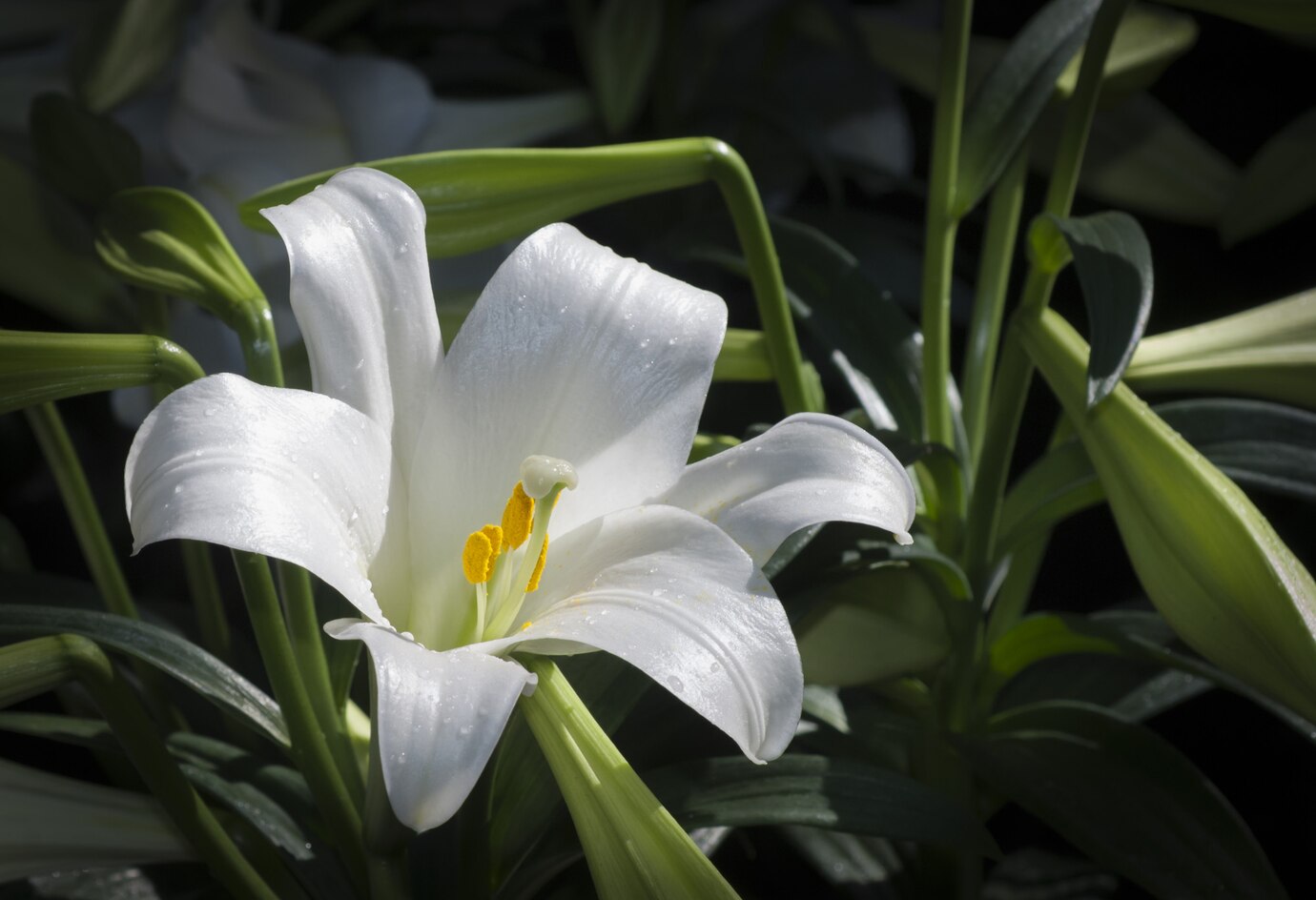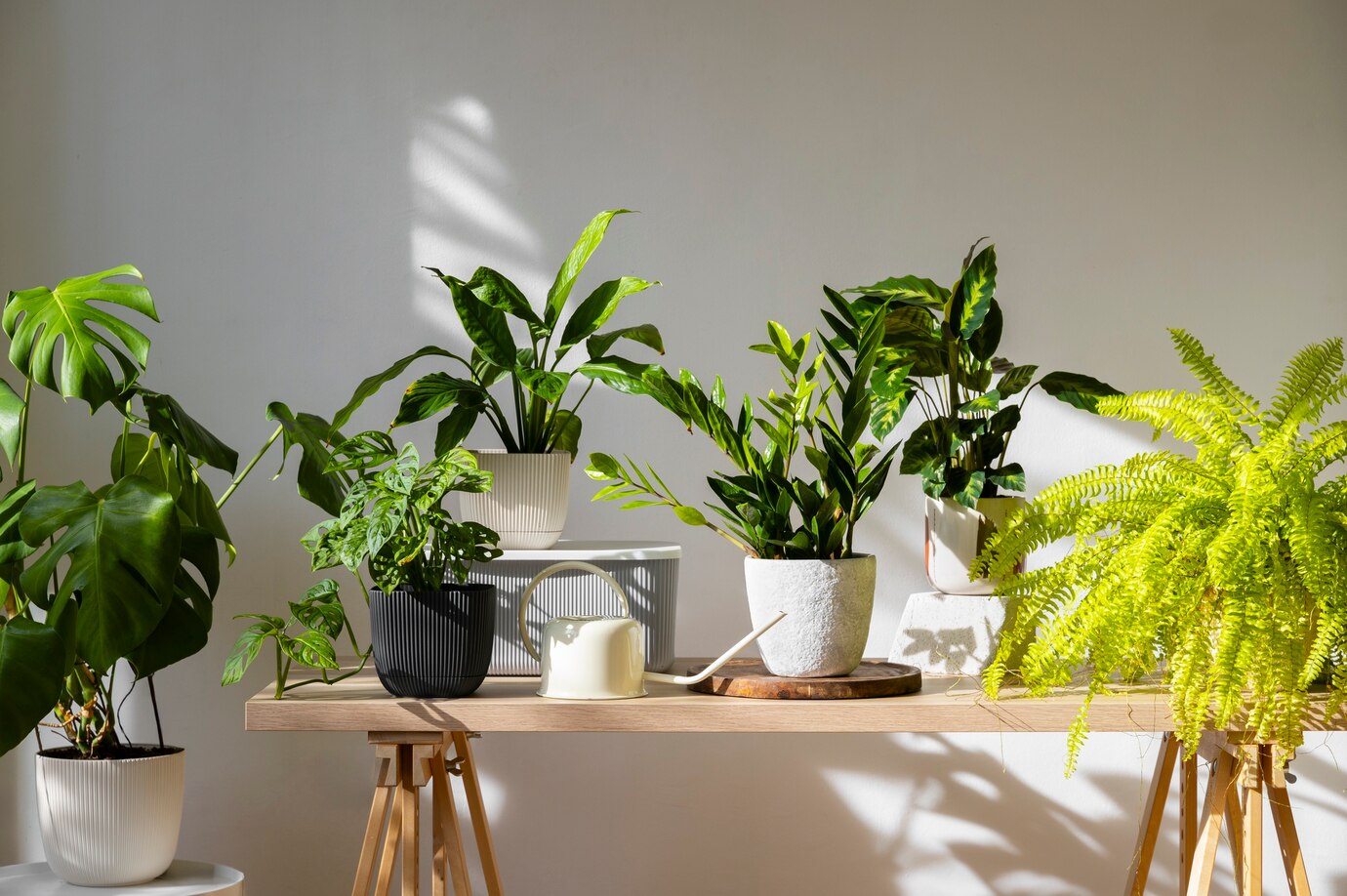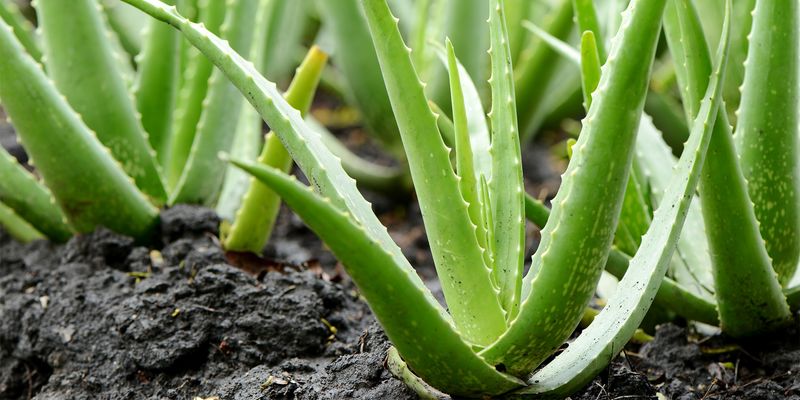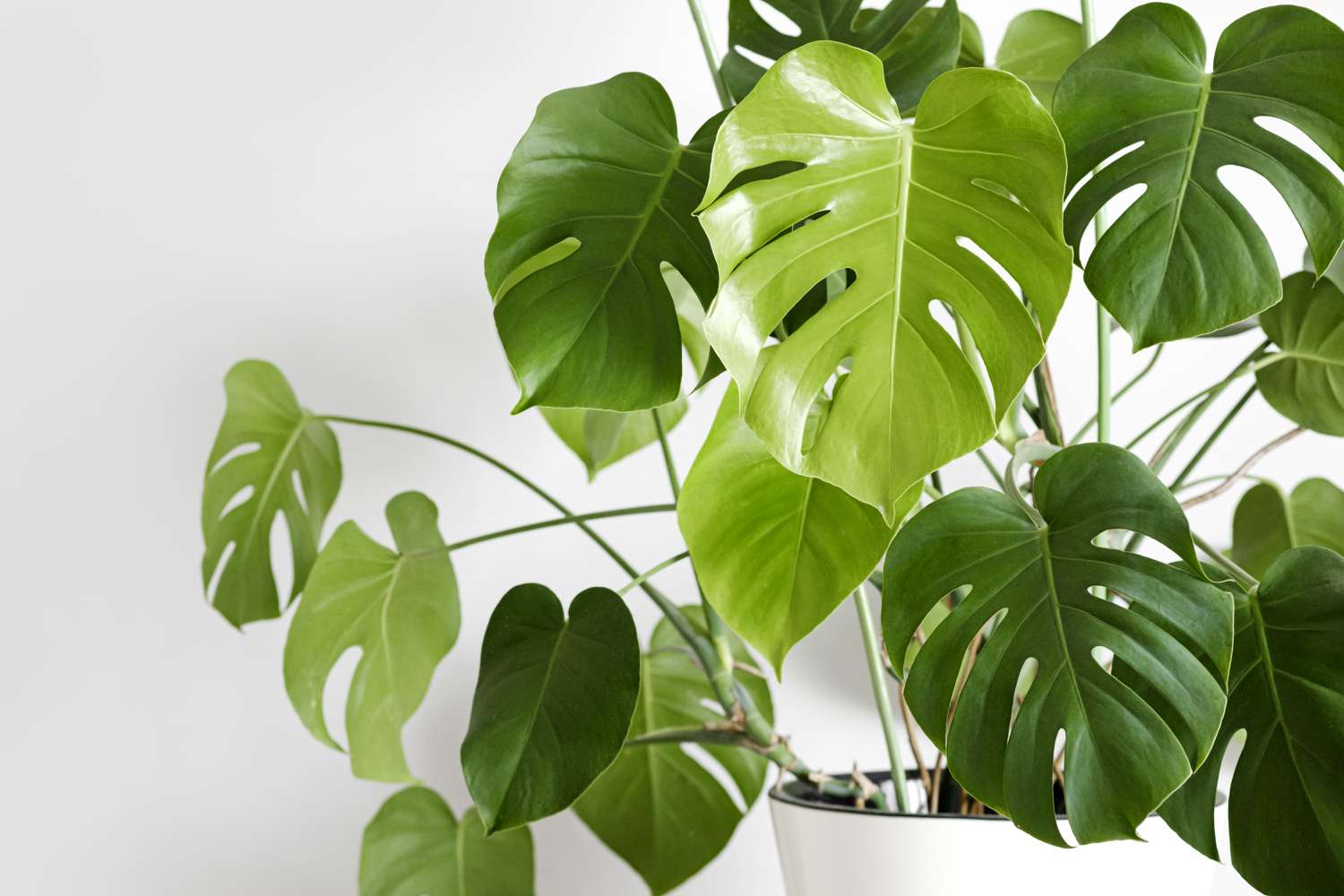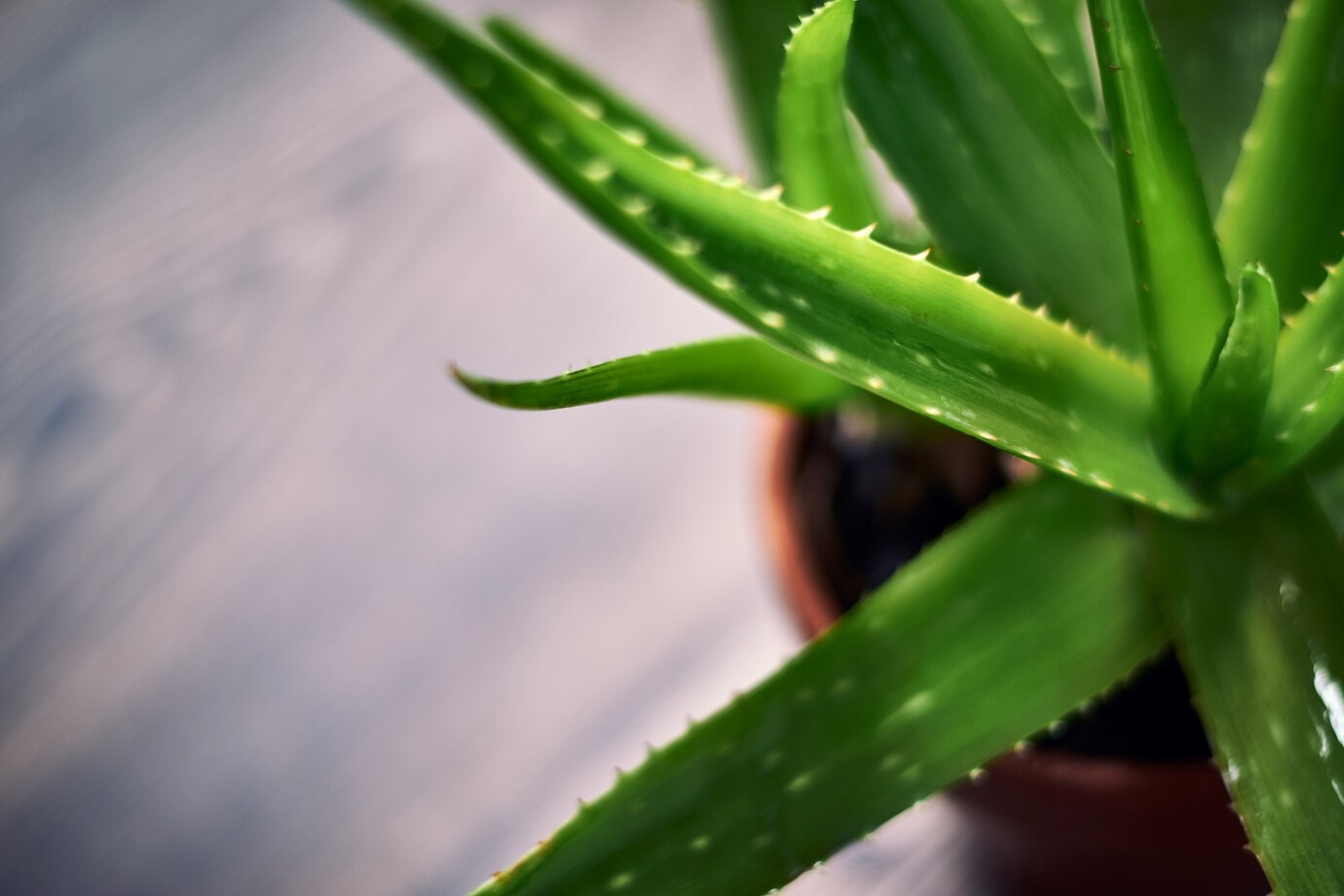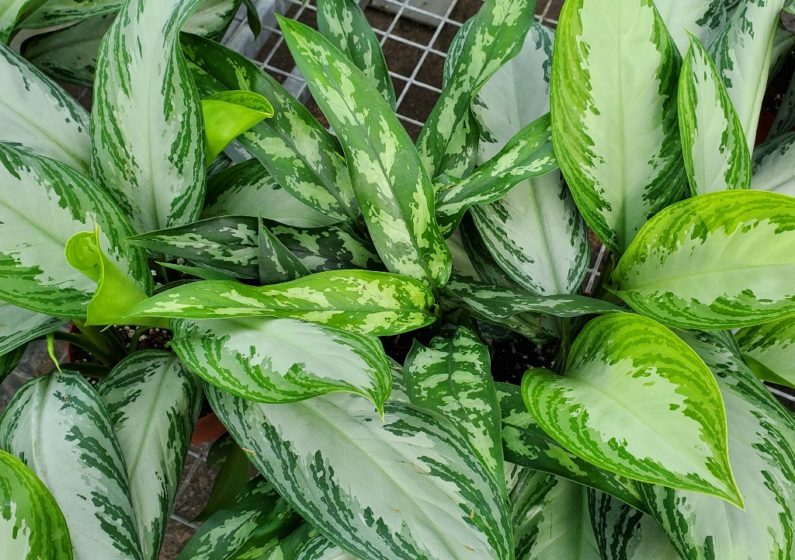Aloe vera is the most resilient plant you can grow. This soothing succulent is highly tolerant of dry conditions and often flourishes even when it’s overlooked. Still, despite being low-maintenance, it can sometimes show signs of stress, like browning leaves.
It’s completely normal for a few leaves to turn brown and die off as part of the plant’s natural growth cycle. But if you’ve noticed more browning than usual, it’s time to reassess how to care for Aloe vera properly. Check its environment, watering schedule, and overall maintenance to determine what might be going wrong.
Several factors can lead to aloe vera turning brown, including excessive or insufficient watering, too much direct sunlight, or infestations and infections.
The good news is that if the issue is identified early, you can usually fix it and prevent your aloe from getting worse. Below are five common reasons your aloe might be turning brown and how to help it recover.
Table of Contents
ToggleOverwatering
Overwatering is often the main reason why Aloe vera leaves start turning brown. Since these desert natives retain water in their thick, juicy leaves, they don’t need frequent watering, making it easier to give them too much rather than too little.
If your aloe leaves appear yellowish or brown and feel mushy or soft, it’s likely due to excess moisture.
Stop watering immediately to help your plant recover and let the soil dry out completely Trim away any damaged leaves with a clean, sterilized blade. Let the cuts heal and callous over for a few days before replanting.
Going forward, make sure the soil is completely dry before each watering. Always check that the pot isn’t holding standing water. Drip trays and saucers should be emptied regularly. A moisture meter can help you check whether the soil is actually dry.
You might also consider moving the plant into a terracotta pot, which helps absorb extra moisture. For more serious cases, repotting with a gritty, well-draining mix enriched with coarse sand or perlite. It can help protect the roots from rot.
Underwatering
Aloe plants are known for being low-maintenance, but they still need some attention. If left without water for too long, especially in bright, sunny conditions, their leaves may start to look wrinkled or shriveled, and the tips can turn yellow or brown.
If this describes your plant, it’s time for a thorough soak. Water deeply from the top and allow the moisture to saturate the soil fully. Be careful not to get water on the leaves or into the center of the plant, as this can lead to rot.
Helpful Tip:
When watering, give enough so that water runs out through the drainage hole. A light mist or small splash won’t reach the roots where moisture is needed most.
Too Much Light
Although Aloe plants thrive in bright conditions, they can still suffer from sunburn. Intense, direct sunlight especially from west-facing windows. It can overwhelm even these hardy succulents. Prolonged exposure may lead to yellowing or browning on the leaves, and in severe cases, the damaged parts may die off.
If your aloe shows signs of sun damage, trim off the affected leaves and move the plant to a spot with indirect light, away from intense rays. You can also use a sheer curtain to soften the light, offering the plant a gentler environment while still giving it the brightness it needs.
Cold Damage
Exposure to temperatures below 50°F for long periods can cause aloe leaves to turn brown. A rapid temperature change or prolonged cold can lead to leaf discoloration and visible damage.
Outdoor aloes are particularly at risk if they’re not brought inside before a light frost hits. If you’ve placed your plant outdoors for the summer, be sure to monitor evening temperatures as fall approaches.
Fortunately, even severely cold-damaged aloe can recover with proper care. Move the plant to a warm area with bright but indirect sunlight. Trim off any damaged leaves and avoid watering for a few days. Once the plant has adjusted, you can slowly resume its regular care routine.
Pests or Diseases
Insect infestations and plant diseases can also lead to brown spots on aloe leaves. In some cases, the pests themselves may resemble brown marks.
One common culprit is scale, a tiny, brown insect that attaches itself to the leaves’ tops and undersides. To get rid of them, gently dab each one with a cotton swab soaked in rubbing alcohol. Afterward, apply neem oil or an insecticidal soap to help prevent them from coming back.
Fungal diseases can also affect aloes. Conditions like aloe rust create dry, brown blotches, while anthracnose produces sunken, rusty-colored spots on the leaves.
To manage disease issues, cut away any infected foliage using sterilized shears, and dispose of it in the trash (not compost). Be sure to disinfect your tools afterward. Understanding how to propagate aloe vera can also be useful if you need to replace damaged leaves or start new plants. Treat the plant with a gentle, organic fungicide, and avoid getting water on the leaves. Instead, water the soil directly to help minimize the risk of future fungal infections.

